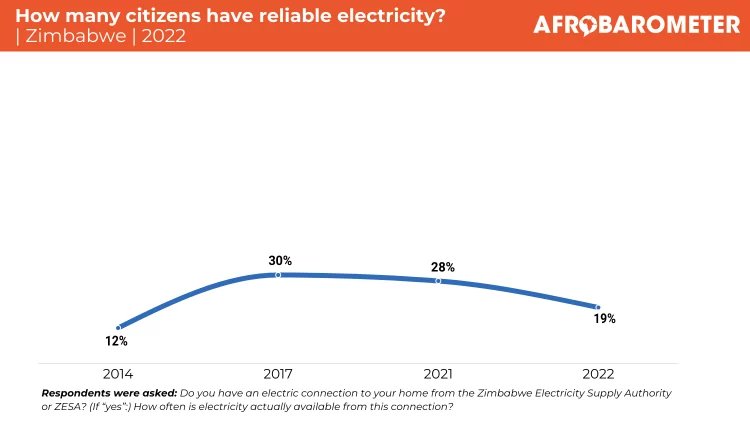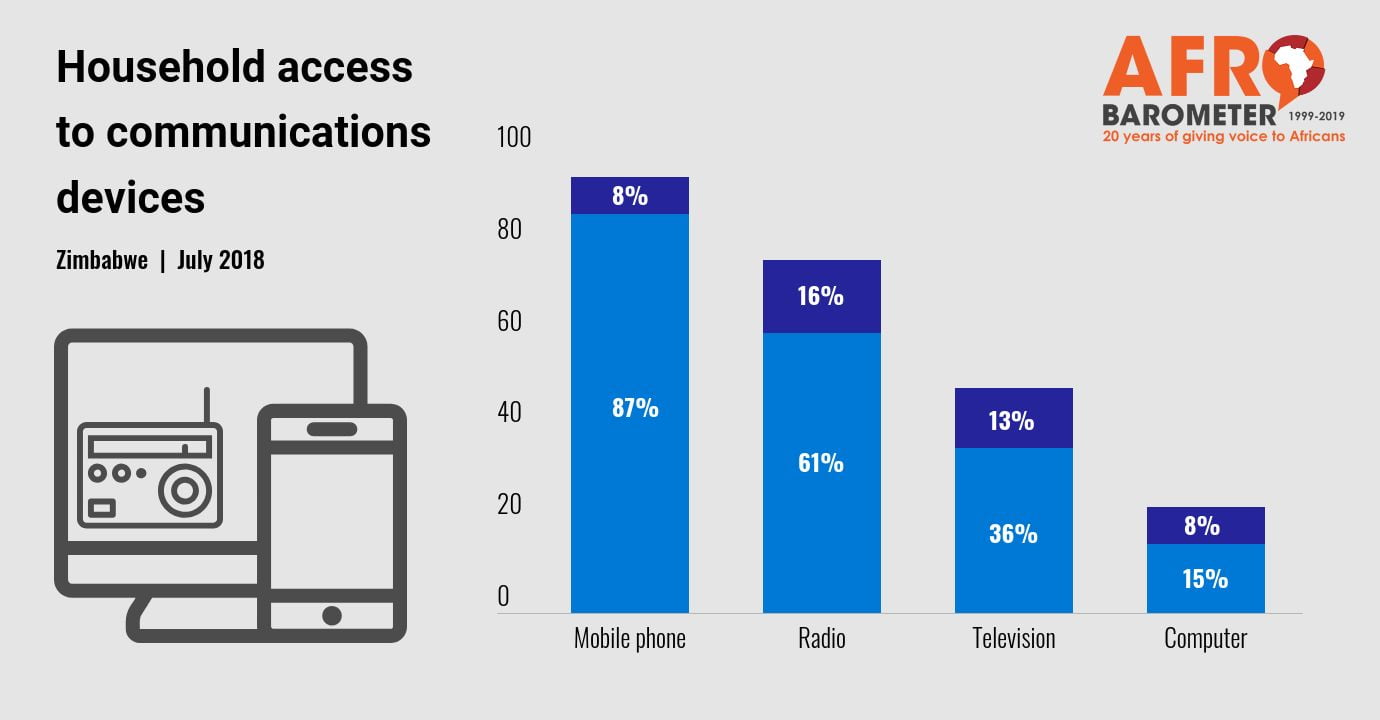- One-third (33%) of Zimbabweans live in zones served by the national electric grid. o Only 18% of rural residents are within reach of the grid, compared to 58% of urban residents. More educated citizens are also far more likely to live in zones served by the electric grid than those with less schooling.
- Three in 10 Zimbabweans (30%) live in households that are connected to the national power grid.
- Among those who are connected to the grid, 61% say their electricity works “most of the time” or “all of the time.”
- Combining connection and reliability rates shows that 19% of all Zimbabweans enjoy a reliable supply of electricity from the national grid, down by 11 percentage points since 2017. Only 8% of rural residents and 13% of citizens experiencing high lived poverty report a reliable electricity supply.
- Six in 10 citizens (60%) say the government is doing a poor job of providing a reliable supply of electricity, up 13 percentage points compared to 2021. This assessment is particularly widespread among urban residents (76%) and the poor (77%).

Zimbabwe has been battling power cuts for more than two decades, compromising the country’s ability to resuscitate an ailing economy marked by a hyperinflation crisis (Africa News, 2019). Estimates suggest that power shortages cost the state 6.1% of gross domestic product (GDP) per year in excessive network losses, generation inefficiencies, and supply chain losses (World Bank, 2023).
The country’s National Development Strategy 1 (2021-2025) highlights access to energy as a fundamental driver of economic growth and stability. It declares the state’s intention to achieve universal access to electricity and develop reliable, adequate, low-priced power (Government of Zimbabwe, 2020). According to the 2022 Population and Housing Census, 62% of citizens currently have access to electricity (Nyakurerwa-Matinde, 2023).
In 2022, electricity was the fourth-most-imported product in Zimbabwe, mostly from South Africa, Mozambique, Zambia, and Botswana (OEC World, 2024). In an effort to steer away from an over-reliance on foreign imports and to secure the long-term energy needs of the country, the government aims to increase the share of renewables in the overall energy mix (Government of Zimbabwe, 2019).
Amid Zimbabwe’s reintroduction of harsh power cuts (Bulawayo24 News, 2024), and following recent disturbances to citizens’ access to prepaid power caused by the country’s migration to the new Zimbabwe gold (ZiG) currency (Ndoro, 2024; Ngwenya, 2024), a 2022 Afrobarometer survey provides an on-the-ground look at electricity access in Zimbabwe.
Findings show that while one-third of citizens live in zones served by the electric grid, only about one-fifth enjoy a reliable supply of electricity, including fewer than one in 10 rural residents. A majority of citizens say the government is doing a poor job of providing electricity.
Related content

